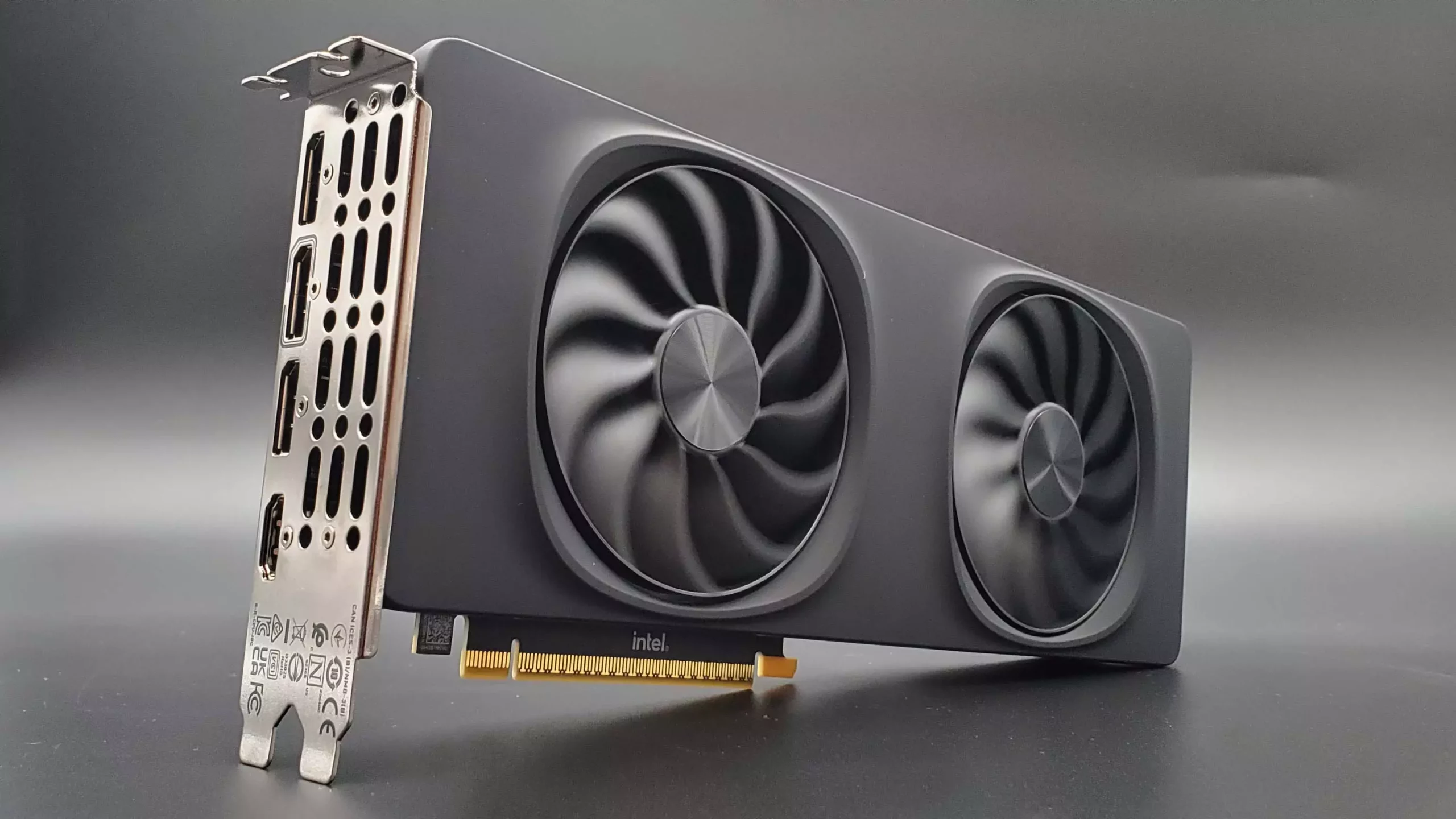In the world of PC gaming, anticipation is often built on rumors, leaks, and cryptic hints dropped by industry insiders. Recent developments indicate that Intel’s new Battlemage graphics card, specifically the G31 variant, might be poised to disrupt the affordability paradigm in high-performance GPUs. While we have seen various iterations of Intel’s graphics cards, the potential of the G31 to deliver RTX 5070-level performance at a wallet-friendly price point of $400 has gamers buzzing. A hopeful tweet from X user Haze2K1 pointed to a shipping manifest listing the G31 GPU, igniting excitement over what this card could mean for gamers who are looking for optimal performance without breaking the bank.
Intel’s current offerings, the Arc B580 and B570, are built on the BMG-G21 architecture, with the G31 rumored to be the next evolution in the Battlemage series. With whispers of 32 execution units (EUs) in the G31 compared to the 20 EUs found in the B580, Intel’s latest chip appears primed to deliver a significant performance boost. This could make the G31 a strong competitor against existing offerings from both Nvidia and AMD, particularly if it can be priced strategically.
Performance Insights: A Comparative Analysis
The crux of what sets the G31 apart lies in its execution unit count. Intel has a challenging road ahead when it comes to competing with giants like Nvidia and AMD, whose GPUs often dominate in benchmark tests. However, if the G31 can indeed harness that expected 50% increase in performance – a lofty yet exhilarating prospect – it could potentially stand toe-to-toe with the RTX 5070 and AMD’s Radeon RX 9070. Such a leap not only reinvigorates Intel’s place in the GPU landscape but also forces more established competitors to reconsider their pricing and feature sets.
However, before gamers get too excited, it’s essential to temper expectations. The listing showing the existence of the G31 was categorized as an “R&D” item in the manifest, which typically raises several flags. While this does not explicitly confirm that Intel has abandoned plans for a retail version, it does spark concern regarding the feasibility of a launch in light of the existing competition. The tech industry moves rapidly, and the longer Intel delays a successful launch of a competitive product, the less relevant the G31 may become by the time it hits store shelves.
The Trouble with Timing
Timing can be as crucial as technical specifications in the tech world, especially in the thriving GPU market. Nvidia and AMD are continually innovating, and their roadmap suggests new releases as soon as 2026 or early 2027. Thus, any delays surrounding the G31’s launch could significantly impact its market reception. A competitive launch window is paramount for Intel; after all, when the dust settles, consumers will have a myriad of options tailored to different needs and budgets.
Should Intel miss its chance, the G31 could struggle to make an impact, even with promising specs. In such a case, an aging product could hinder Intel’s first-mover advantage and cast a shadow on their advancements, thereby failing to capitalize on the already fervent anticipation within the gaming community.
The Competitive Edge: Price and Features
An attractive price point could be the key to unlock the G31’s potential. If Intel can replicate their aggressive pricing strategy seen in the B580 and B570 series, the G31 may draw gamers who feel priced out of top-tier options from Nvidia and AMD. Moreover, with features such as Intel’s XeSS upscaling technology and improved ray-tracing capabilities, gamers are not just looking for performance but also enhanced gaming experiences that promise richer visuals without sacrificing frame rates.
The integration of these features at a competitive price point might position the G31 as a go-to choice for those seeking to delve into high-end gaming without the extravagant costs typically associated with such hardware. It brings a refreshing possibility of democratizing access to premium gaming experiences once considered financially out of reach for many.
Intriguingly, the gaming community remains passionately hopeful. The prospect of an Intel card promising robust performance and affordability has stirred much interest and speculation. While Intel shapes its next directions, the focus will undoubtedly remain on how adeptly they can deliver on their promises.

